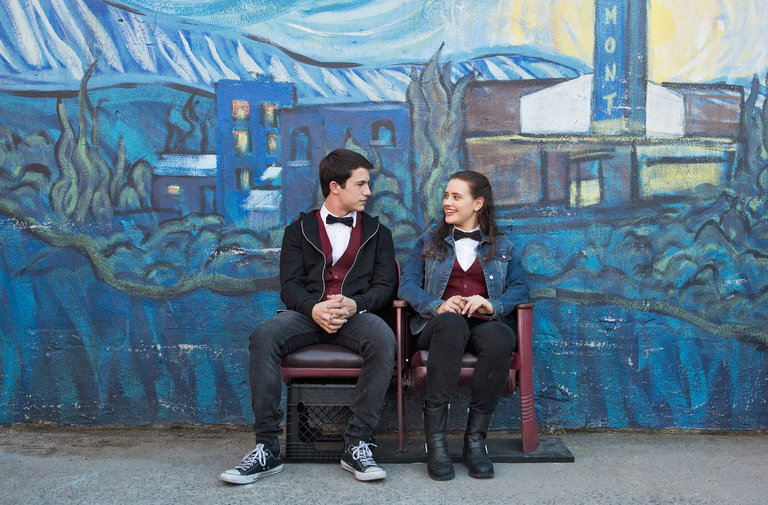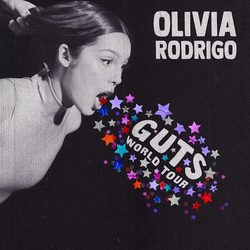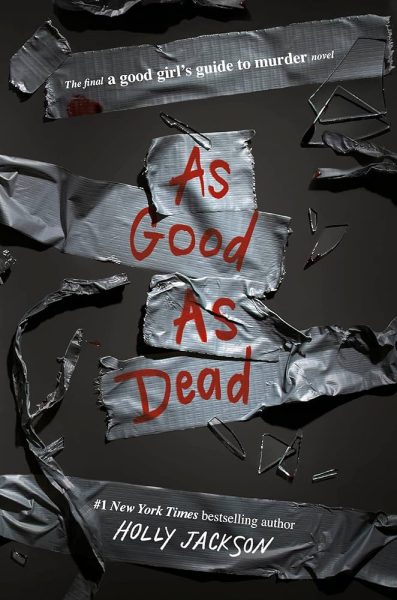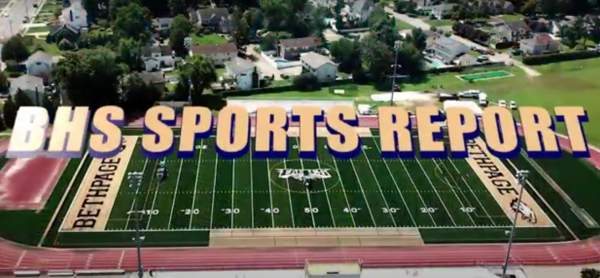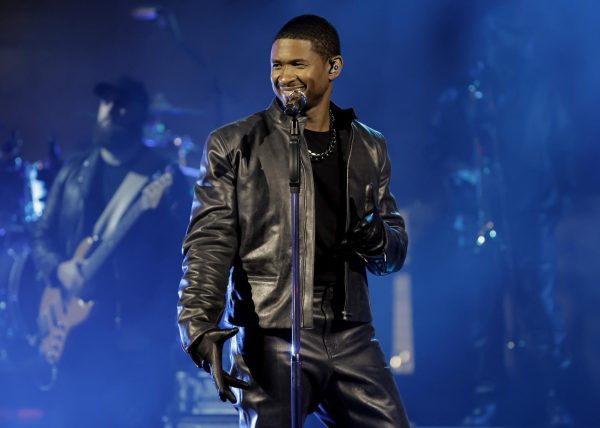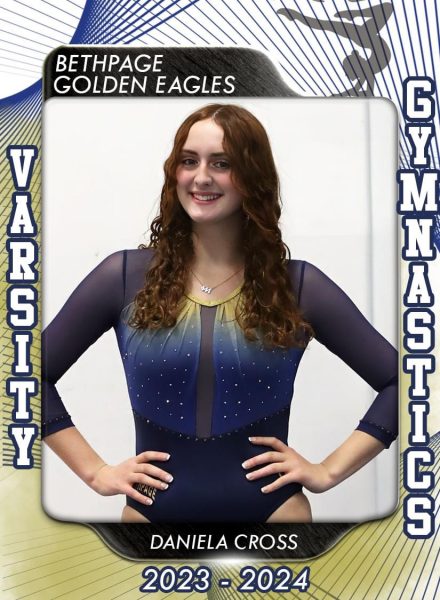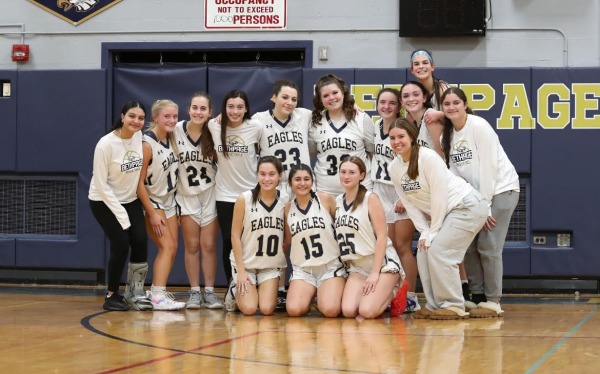The Eagle’s Cry Show Review: 13 Reasons Why
Ever since the series premiered on March 31st, chances are you’ve probably heard several people gushing over the new Netflix show, Thirteen Reasons Why. The series is an adaptation of Jay Asher’s 2007 novel, Thirteen Reasons Why. The story follows high school student Clay Jensen (Dylan Minnette) and his peers, all greatly affected by the suicide of fellow student, Hannah Baker (Katherine Langford). Clay comes home one day to find an old shoebox full of cassette tapes addressed to him. When he plays the first one, he is surprised to hear Hannah’s voice explain that whoever receives the tapes is one of the thirteen reasons why Hannah took her own life, and after listening to all of them, he must pass them along to the next person.
Within the short period that Hannah lived in their town, she struggled to make friends and faced bullying caused by social media and malicious rumors. The social media aspect was added to stay true to the time period—not everyone had camera phones in 2007—and to demonstrate how detrimental cyberbullying can be in our digitally connected society. However, Clay struggles to figure out where he fits into the equation. Unlike the other recipients, which includes mostly former friends, Clay has never wronged Hannah (so he thinks) and struggles with the idea that he contributed to her death.
There’s a reason why most people stand behind the phrase “the book is better than the movie.” More often than not, it’s hard to cram in all the details of a full length novel that readers look forward to into a two hour timeframe, thus causing disappointment in any film adaptation, especially to those who read the book first. One of the most notable differences for the Netflix series is the timeframe. The books takes place within a succinct 24 hour period while the show spans over several weeks. This major alteration was quite possibly one of the best decisions made by the writers and producers of this show, because it allowed for this genius adaptation. By telling Hannah’s story throughout thirteen episodes—one episode per tape—viewers get everything from the 2007 book, and more.
The show exhibits plot and character development that couldn’t have been revealed through Hannah’s point of view on the tapes. The writers excel in creating more drama and emotion by including a more extensive backstory on each of the tape recipients, as well as their reactions as they try and prevent Clay from passing on the tapes to the next person. These small details make for a stronger plot and give readers a glimpse into factors that were left unaddressed or ambiguous in the book. I cannot stress enough not only how smart this decision is, but also how this seriously changes the game for all future page-to-screen adaptations. With Netflix setting this example, one can hope that we’ll see more adaptations in this style, as it also promotes one of the favorite modern pastimes of the American teenager—”binge watching.”
The show has since blown up with popularity all over social media and throughout the halls of BHS. If you’re planning on seeing what the buzz is about, take it from senior Teresa LeClair, who describes the plot as ‘emotionally draining,” as there are some very intense scenes that depict graphic sexual assault and suicide. Not only is the storyline captivating many, but also hopefully leaving a lasting impression about the dangers of bullying.
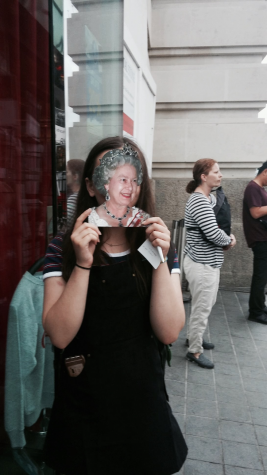
Erin’s favorite show is House Hunters and she saw Hamilton on Broadway on August 17th, 2016.

